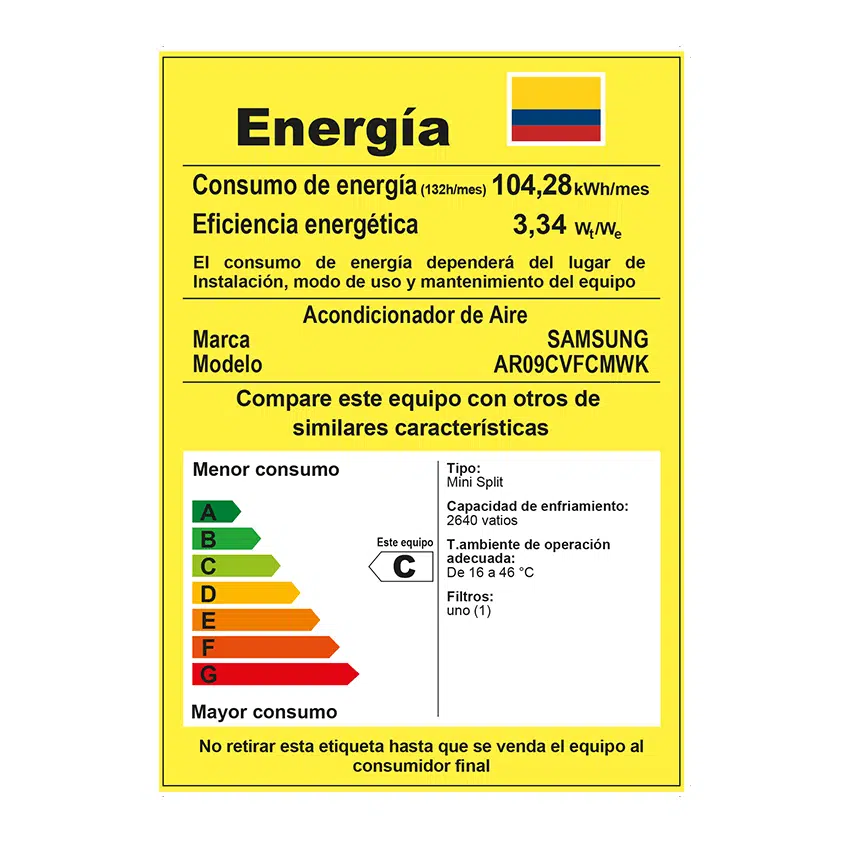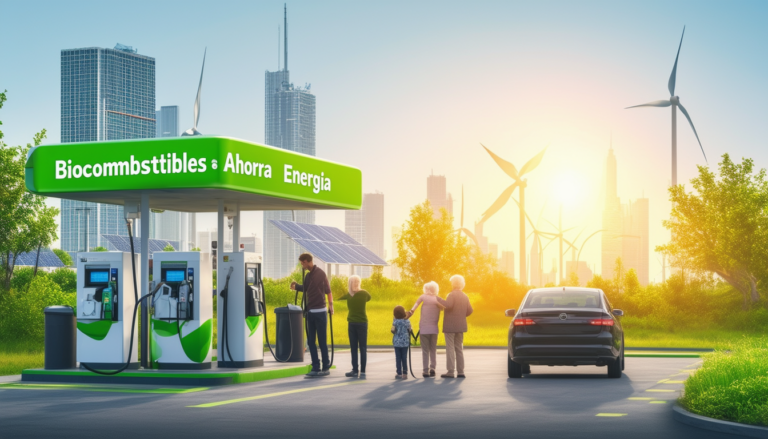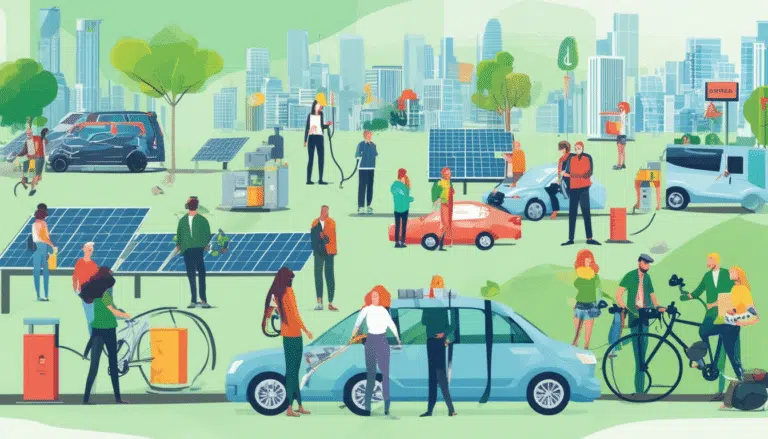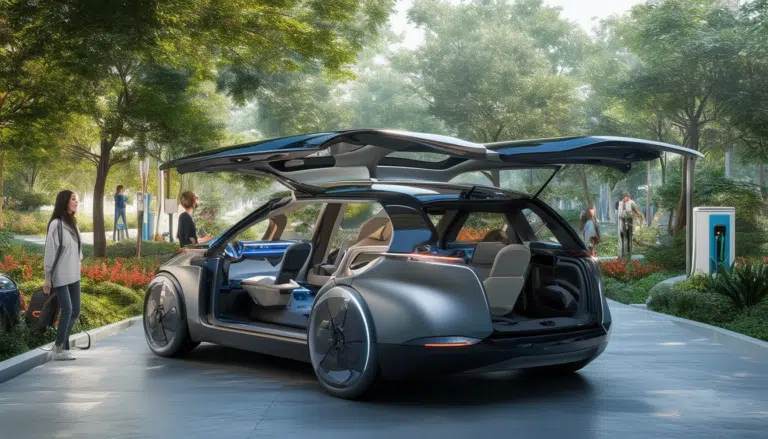Aire acondicionado en vehículos: estrategias para reducir el consumo de combustible

The use of air conditioning in vehicles has become essential during hot months; however, its operation results in a significant increase in fuel consumption. It is estimated that this technology can increase fuel spending by between 15% and 25%, making it crucial to adopt strategies that mitigate its impact. In this context, it is important to know and apply practical tips that optimize the use of air conditioning, balancing the need for comfort with energy efficiency.
During the warmer months, the use of air conditioning in vehicles becomes a necessity to ensure the comfort of the occupants. However, its activation leads to a significant increase in fuel consumption, which can reach up to 25%. Adopting appropriate strategies can not only improve comfort in the vehicle but also optimize fuel performance and reduce associated costs. In this article, various tactics for using air conditioning efficiently are presented, aiming to achieve significant savings in fuel consumption.
Impact of air conditioning on fuel consumption
Air conditioning, although essential in high temperatures, poses one of the biggest challenges in terms of energy efficiency in vehicles. When activated, the air conditioning compressor demands power from the engine; this increased demand results in additional fuel consumption, estimated between 15% and 25%. This means that in a conventional vehicle, using air conditioning can result in an extra expense of over 300 liters of fuel per year.
Practical strategies to save fuel
Utilize natural cooling effects
One of the most effective ways to reduce fuel consumption is by taking advantage of natural cooling. Before turning on the air conditioning, it is advisable to open the doors and windows for a few minutes to allow the accumulated heat to escape from the vehicle. This will lower the interior temperature and enable the air conditioning to work more efficiently once activated.
Park in the shade or use sunshades
If the vehicle is left under the sun for an extended period, the internal temperature can reach extreme levels, thereby increasing the load on the air conditioning. Whenever possible, parking in the shade or using sunshades can help keep the vehicle interior cooler, which in turn reduces the need for intense cooling.
Use the recirculation mode
Vehicles typically feature a recirculation function that allows cooling the already present air inside instead of taking in hotter outside air. Activating this option can decrease energy consumption and accelerate the cooling process, promoting a more efficient use of the air conditioning system.
Control the air conditioning temperature
It is advisable to set the air conditioning temperature between 24° and 26°. Establishing a moderate temperature not only increases comfort but also significantly reduces the power needed by the compressor, helping to conserve fuel. A proper adjustment can decrease the compressor’s energy consumption by up to 30%.
Additional tips for efficient driving
Keep air intakes clean
The air intakes of the air conditioning should be kept clear of obstructions. Leaves, dirt, or any other objects blocking the airflow can affect the system’s efficiency, causing the compressor to work harder and consume more fuel. Conducting regular inspections and clearing them can positively impact air conditioning performance.
Check and change air filters
A dirty air filter can reduce airflow inside the vehicle, forcing the air conditioning system to work harder. It is recommended to change or clean the air filters regularly to ensure optimal system operation and reduce fuel consumption.
Turn off the air conditioning before reaching your destination
Turning off the air conditioning two minutes before reaching your destination and using only ventilation can help avoid unpleasant odors and save fuel since the cold air will continue to circulate without loading the compressor.
Implementing these strategies will not only contribute to more efficient and sustainable driving but also provide relief for drivers’ wallets by reducing fuel consumption. Following these tips can significantly impact air conditioning performance and, consequently, overall vehicle expenses. To learn more about related strategies, visit ten effective strategies to reduce energy consumption or tips for optimizing your car’s performance.
For more information on reducing fuel consumption and common mistakes to avoid, consult this article. It is also important to consider the keys to keeping your vehicle in optimal condition.
Strategies to Reduce Fuel Consumption When Using Air Conditioning
In the hot months, the use of air conditioning becomes a necessity in most vehicles. However, this system can increase fuel consumption by between 15% and 25%, representing a considerable impact on drivers’ budgets. To mitigate these effects, it is essential to adopt strategies that optimize air conditioning performance and reduce unnecessary spending.
One of the initial steps is to avoid the oven effect by keeping the vehicle in the shade or using sunshades to decrease heat buildup inside. Similarly, during the journey, it is advisable to open the windows at the start to allow the hot air to escape before activating the air conditioning. This technique allows the system to cool more efficiently and with less energy consumption.
Additionally, using the recirculation function optimizes system efficiency, as it cools the existing air inside the vehicle instead of taking in hot air from outside. Directing the airflow toward the upper vents will facilitate proper distribution of cold air, improving interior comfort without the need to increase compressor power.
Keeping air filters and air intakes clean, as well as turning off the air conditioning before reaching the destination, are simple yet effective habits that can contribute to lower fuel consumption. Therefore, paying attention to these details will not only enhance the driving experience but also encourage a more sustainable use of fuel and promote responsible driving.





